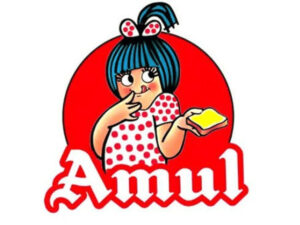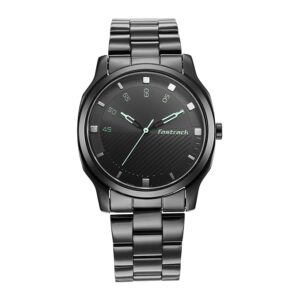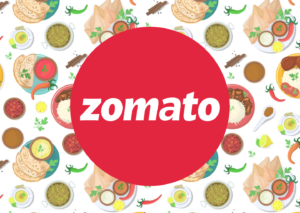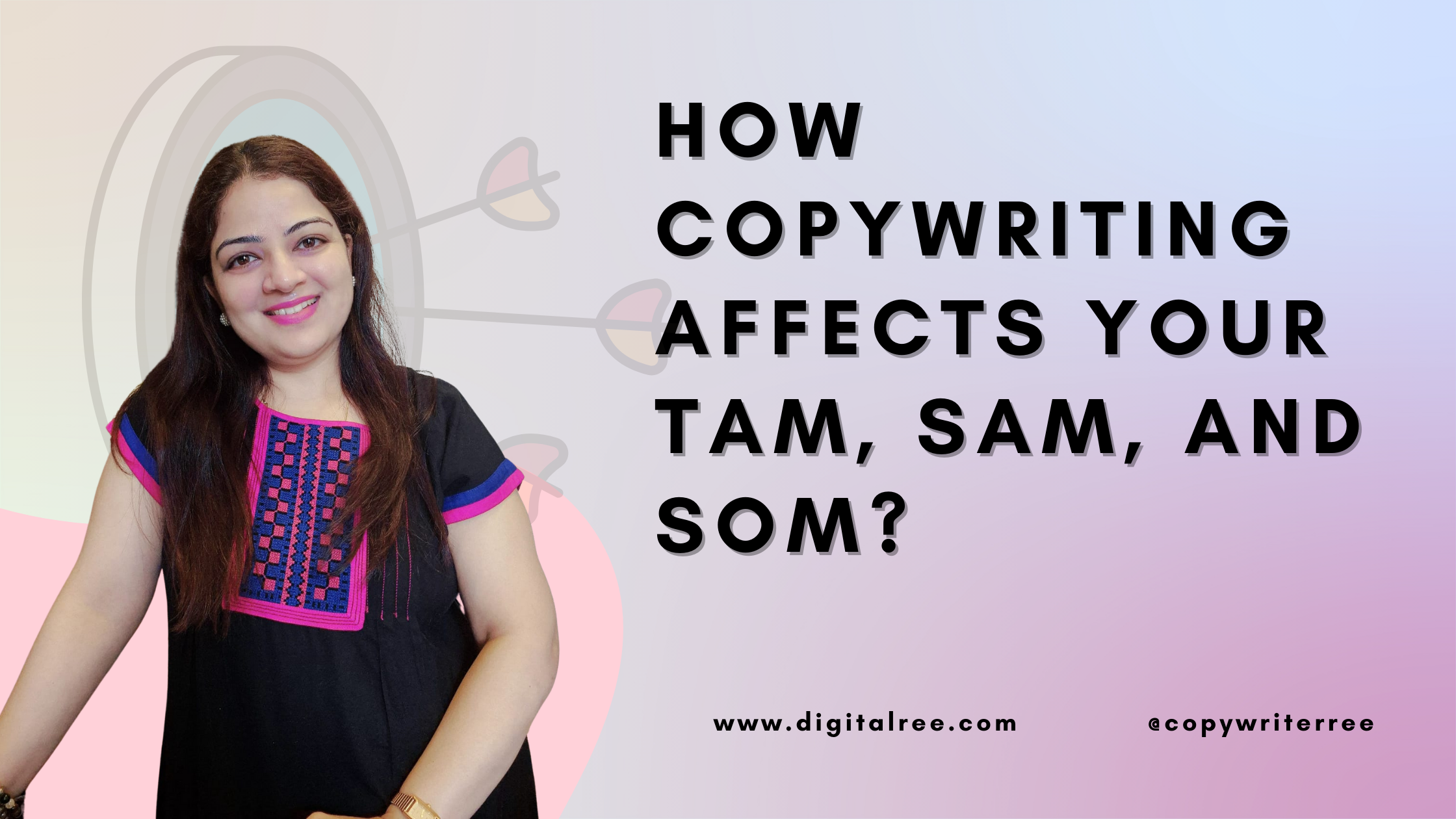Ever seen an ad that says, “Don’t buy this.”?
Or a brand that openly admits, “You might hate our product.”?
Sounds crazy, right?
But that’s the power of Anti-Marketing; a BOLD, UNCONVENTIONAL strategy that grabs attention by doing the exact opposite of what traditional marketing tells you to do.
When every brand is shouting, “Buy me!”… the one that says, “You probably don’t need this” stands out.
And in 2025, standing out is everything.
What You’ll Learn in This Blog –
- What Anti-Marketing is (and why it works)
- How brands have used it successfully
- How YOU can use Anti-Marketing to drive engagement and sales
Wait…
BUT What Exactly Is ANTI-MARKETING? 🤔
Think of traditional marketing as a salesperson hyping up their product.
On the contrary, Anti-Marketing is the friend who rolls their eyes and says, “Honestly, you probably won’t even like this… but if you do, it’s pretty awesome.”
It goes against conventional selling techniques by using-
- Reverse Psychology – Make people want it by acting like they can’t have it.
- Humor & Sarcasm – Poke fun at your own brand or the industry.
- Scarcity & Exclusivity – If something is hard to get, it becomes more desirable.
Why Does It Work?
- It breaks through the noise—people stop and take notice.
- It makes brands feel human—relatable, real, and even a little rebellious.
- It creates buzz—people talk about things that surprise them.
Now, let’s see how some brands have mastered the art of Anti-Marketing.
3 Brands That Nailed Anti-Marketing (And What You Can Learn)
Zomato – The King of Sassy, No-Sell Marketing
- What’s the usual approach? Food delivery brands push discounts & convenience.
- What did Zomato do? Used sarcasm, humor, and reverse psychology to grab attention.
Examples of Zomato’s Anti-Marketing –
“Guys, kabhi kabhi ghar ka khana bhi kha lena chahiye.” (Translation: “Guys, sometimes you should eat home-cooked food too.”)
“We are better at delivering food than writing copy.”
“Order food, but not because we are asking—because you are hungry.”
Why It Worked?
- It felt human & relatable—not like a brand trying too hard.
- People shared it organically, making their marketing go viral.
- It made customers laugh, which built an emotional connection.
Lesson learnt from Zomato
- Use humor & self-awareness to make your brand more likable.
- Flip traditional CTAs; sometimes, telling people NOT to buy makes them want it more.
Amul – The OG Anti-Marketing Brand Before It Was Cool
- What’s the usual approach? Dairy brands focus on quality, purity & health benefits.
- What did Amul do? They built their entire brand on sarcasm, wit & social commentary.
Examples of Amul’s Anti-Marketing –
Their hoardings don’t talk about butter; they talk about current events in a fun way.
They made political & social satire part of their brand identity.
Instead of saying, “Buy Amul butter”, they used cheeky one-liners like –
“Butterly Delicious. Even politicians can’t resist it!”
Why It Worked?
- Amul didn’t just sell butter; it became part of pop culture.
- Their hoardings created anticipation. People looked forward to what they’d say next.
- They made butter fun, turning a commodity into an emotion.
Lesson Learnt from Amul

- If your product isn’t “exciting,” make your marketing exciting.
- Tie your brand to trending topics to stay relevant & engaging.
Fastrack – The Rebel Brand That Said “Who Cares?”
- What’s the usual approach? Watch brands talk about elegance, luxury & craftsmanship.
- What did Fastrack do? Went all-in on attitude & rebellion.
Examples of Fastrack’s Anti-Marketing-
Their tagline? “Move On.” (Short, rebellious, and totally against traditional emotional branding.)
Ads that said –
“Fastrack watches. Not for your dad. Definitely not for your uncle.”
“Late? So what?”
“Who cares?” (Straight-up dismissing traditional seriousness in advertising.)
Why It Worked?
- It created exclusivity—the brand wasn’t for everyone, just the “cool” ones.
- Their bold, no-rules tone appealed to Gen Z & millennials.
- The “Move On” messaging made it about lifestyle, not just watches.
Lessons Learnt from Fastrack

- Not every brand needs to be for everyone. Know your audience & speak directly to them.
- Being edgy works; if your audience connects with it.
How Can YOU Use Anti-Marketing?
You don’t need to be Zomato, Amul or Fastrack to use Anti-Marketing.
Here’s how you can apply it to your own brand-
- Use Reverse Psychology
Tell customers not to buy your product.
Example: “Honestly, this isn’t for everyone. But if you’re [ideal customer], you’ll love it.”
- Poke Fun at Yourself
Humor makes brands relatable.
Example: “Our product is so good, even our competitors use it (probably).”
- Create Scarcity & Exclusivity
Limited editions create urgency.
Example: “Only 50 spots left; then it’s gone forever.”
- Challenge Industry Norms
Flip the script and go against typical marketing messages.
Example: A clothing brand saying, “You probably don’t need another T-shirt… but if you do, make it this one.”
Why Anti-Marketing Works (And Why It’s Not for Everyone)
Anti-Marketing isn’t about rejecting marketing. It’s about rejecting boring marketing.
It WORKS because –
- It makes people think differently about your brand.
- It creates conversations, which leads to free word-of-mouth marketing.
- It stands out in an overcrowded digital world.
🚨 But Be Careful! 🚨
- Anti-Marketing requires confidence; if done wrong, it can confuse customers.
- If your brand tone is super serious, sarcasm might not be the best fit.
- It’s NOT about being negative; it’s about playing with expectations.
If your marketing is blending in with the noise… maybe it’s time to stop selling and start standing out.
What’s the best (or worst) Anti-Marketing campaign you’ve seen? Drop it in the comments!
Smart brands don’t just market, they make statements. Let’s build yours!
Email me on info@digitalree.com or DM me on my IG – @copywriterree , LI – CopywriterRee (Ritikaa Puranik)





